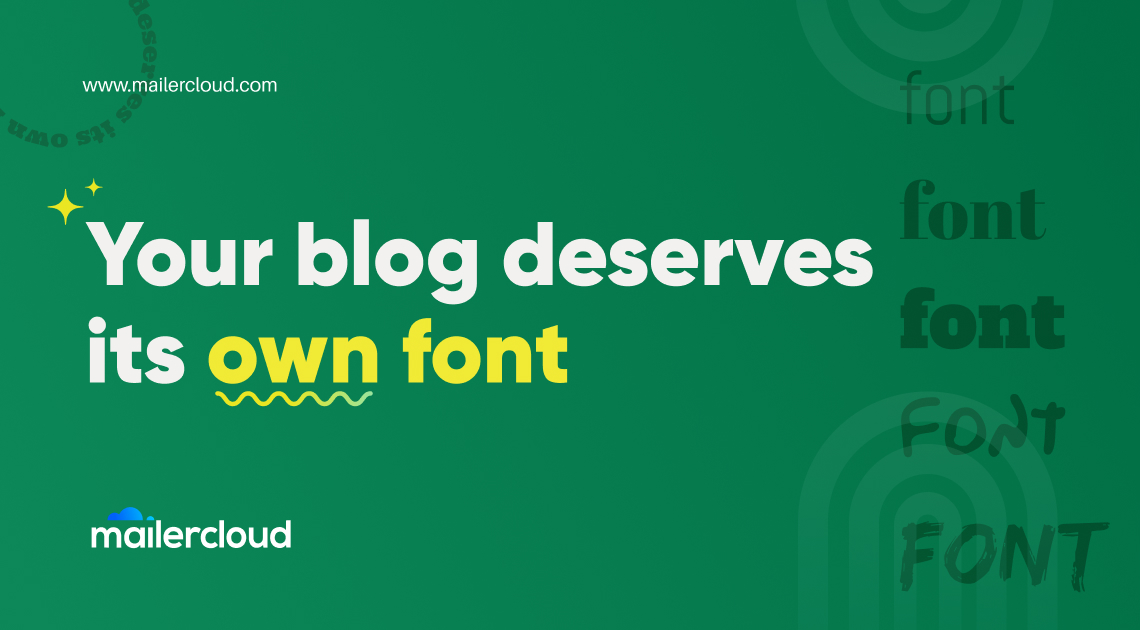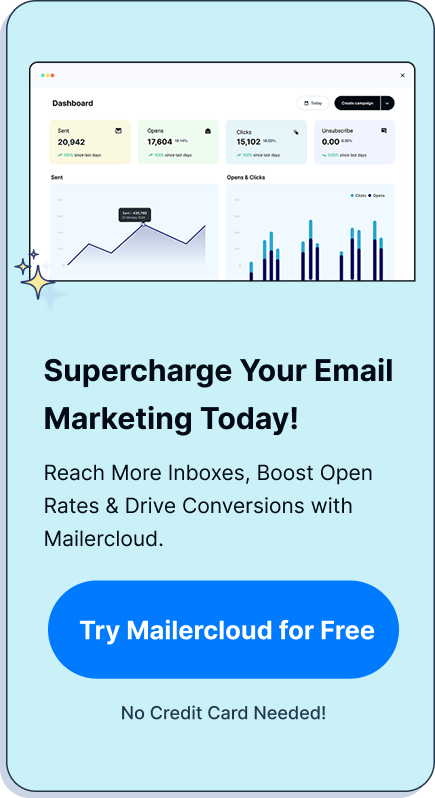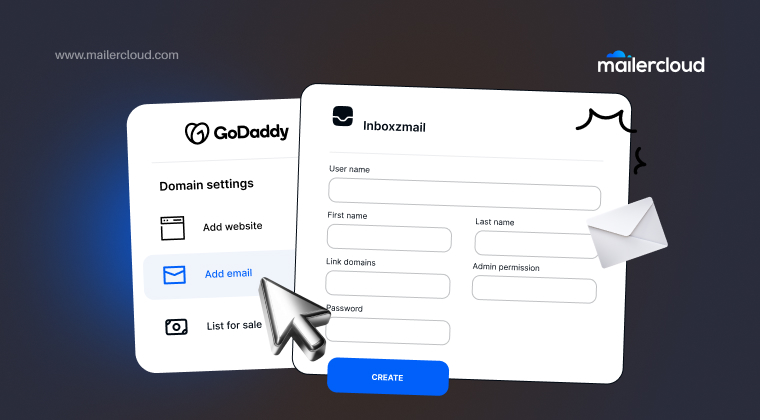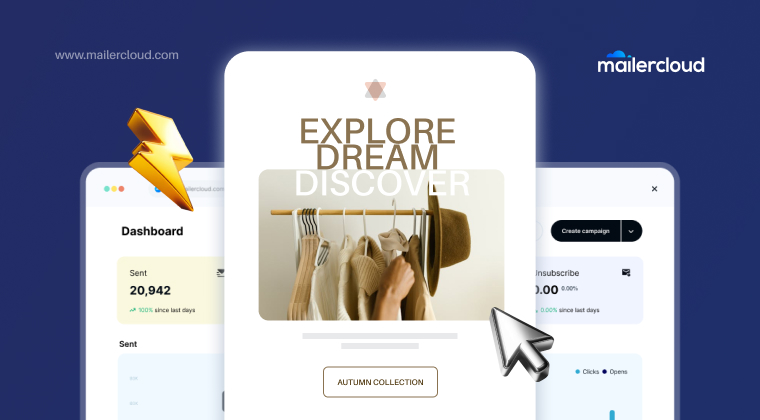Choosing the right font for your email campaigns can mean the difference between engagement and deletion. As email remains a primary communication tool across the globe—from the UK to the US, India to Australia—typography plays a crucial role in delivering a readable, professional, and high-converting message.
In this updated 2025 guide, we cover the best fonts for email marketing, how they impact readability, and why choosing the right one can drive better results.
Table of Contents
What is the best font for email marketing?
The best fonts for email marketing are sans-serif fonts like Arial, Roboto, and Open Sans. These fonts are clean, professional, and readable across devices and email clients.
Why Font Size and Style Matter in Email Marketing
Font choice isn’t just a design decision—it affects how your content is perceived, especially in mobile-first inboxes. Let’s explore why:
- Hierarchy and Structure: Fonts help organize information. Larger headers and properly spaced body text guide the reader.
- Readability Across Devices: With over 70% of emails opened on mobile, font legibility across platforms like Gmail, Outlook, and Apple Mail is non-negotiable.
- Professional Impression: A poorly selected font like Comic Sans can break trust instantly, especially in professional emails.
Across geographic regions and user behavior, the consistent theme is this: easy-to-read fonts build credibility.
Best Practices for Font Size in Emails
- Body Text: 14–16px (adjust to 18px for older or visually impaired audiences)
- Headings: 18–22px for hierarchy and emphasis
- Line Spacing: 1.4 to 1.5 for ideal readability on mobile and desktop
📌 Tip: Keep line length around 50–70 characters per line to avoid eye fatigue.
Generally speaking, serif fonts like Times New Roman, Georgia, and Garamond are more famous for email newsletters and email templates.
Why Font Choice Impacts Email Deliverability & Engagement
Using consistent, readable fonts helps reduce bounce rates and increases user interaction. Fonts that are hard to read or don’t render properly (especially custom web fonts) may lead to unsubscribes.
In fact, 70% of readers will delete an email within 5 seconds if it lacks good formatting or readable fonts.
Best Fonts for Email Marketing Campaigns
Here’s a curated list of email-safe fonts that work across Gmail, Outlook, Yahoo, and other major providers:
1. Arial
Clean, modern, and widely supported. It’s the go-to sans-serif font for safe readability.
2. Helvetica
Used by Apple and top designers. While overused, it adds a sense of elegance to headers and taglines.
3. Georgia
A serif font that’s perfect for long-form text. It looks great even in small sizes.
4. Roboto
Google’s native font. Friendly, accessible, and ideal for mobile reading.
5. Open Sans
Sleek and professional. A favorite among SaaS companies and startups.
6. Tahoma
Compact and ideal for UI-heavy or notification-style emails.
7. Times New Roman
Classic and formal. Still relevant for legal, academic, or corporate newsletters.
8. Trebuchet MS
A little bolder with a distinctive look—great for callouts and CTAs.
9. Raleway
Modern and aesthetic. Ideal for minimalist email designs.
10. Lucida Sans Unicode
Great multilingual support. Suitable for global campaigns.
Fonts to Avoid
Some fonts damage your credibility or create rendering issues:
- Comic Sans (Too casual)
- Papyrus (Unprofessional)
- Brush Script (Difficult to read)
- Cursive styles (Rendering issues in email clients)
Real-World Example: Font Matters
Let’s say Susan, a small business owner in Austin, Texas, sends a promotional email for her online boutique. She uses Comic Sans in 12px with tight line spacing. The message looks cluttered and childish—her click rate drops.
Now compare that to David, a marketing manager in Chicago, who sends a product launch campaign using Open Sans in 16px with 1.5 line spacing. His email is sleek, accessible, and converts better.
The difference? Font choice influenced both readability and professional impression.
Readability = Conversion
- Choose sans-serif fonts for short, actionable emails.
- Choose serif fonts like Georgia or Times New Roman for content-heavy newsletters.
- Stick to 1–2 fonts max to avoid clutter.
- Avoid bold or italic text blocks unless needed for emphasis.
Email Signature Fonts
Stick to clean sans-serif fonts:
- Arial
- Calibri
- Helvetica
- Verdana
These fonts ensure compatibility and professionalism in your footer or sign-off.
Font Licensing & Web Fonts
Custom web fonts like Montserrat or Lato require licensing and may not render correctly in all email clients.
To avoid broken layouts:
- Stick to web-safe fonts
- Use fallbacks
- Test across devices
Color, Alignment, and Line Spacing
- Font Color: Stick with dark gray or black for body text. Use brand colors sparingly.
- Alignment: Left-align for readability.
- Line Spacing: 1.4 to 1.5 line height. This boosts comprehension.
How to Optimize Fonts for Mobile Emails
- Use larger fonts (16px or more)
- Increase padding and line height
- Preview across devices before sending
Check out our guide to mobile-friendly emails for more tips.
Incorporating QR Codes
Email + QR code = seamless offline engagement. Use QR codes to:
- Drive users to landing pages
- Offer exclusive coupons
- Make registration easy
Make sure the QR code complements your font size and placement for visibility. You can also use it to let recipients instantly save your contact details through an Apple Wallet business card.
Final Thoughts: Fonts That Build Trust
Choosing the right font for your email marketing isn’t just about aesthetics—it’s about accessibility, professionalism, and performance.
Whether you’re in New York, San Francisco, or Chicago, your font choice can influence conversions. When used strategically, fonts help you:
✅ Improve readability and mobile responsiveness
✅ Match brand tone with typography
✅ Increase reader engagement and conversionsDon’t underestimate the power of the perfect font—it may be the reason someone opens, reads, and clicks through your email.
FAQs
supported across all major email clients like Gmail, Outlook, and Apple Mail. Examples include Arial, Times New Roman, and Helvetica.
Yes, but use them with caution. Not all email clients support web fonts. Always include fallback fonts to maintain readability.
A body text size of 16px or larger is recommended for mobile. This ensures your text is readable without zooming.
Stick to 1 or 2 fonts max. Too many fonts can clutter the layout and distract readers.
Not necessarily. Serif fonts like Georgia are excellent for long-form content. Just ensure they’re readable on mobile and supported by email clients.
As a Marketing Director, I develop and implement marketing strategies, conduct market research, and manage a team of marketing professionals. With a successful track record of launching campaigns that drive revenue growth, I bring my marketing expertise to blog writing, creating engaging content that promotes the brand and its products/services.

































